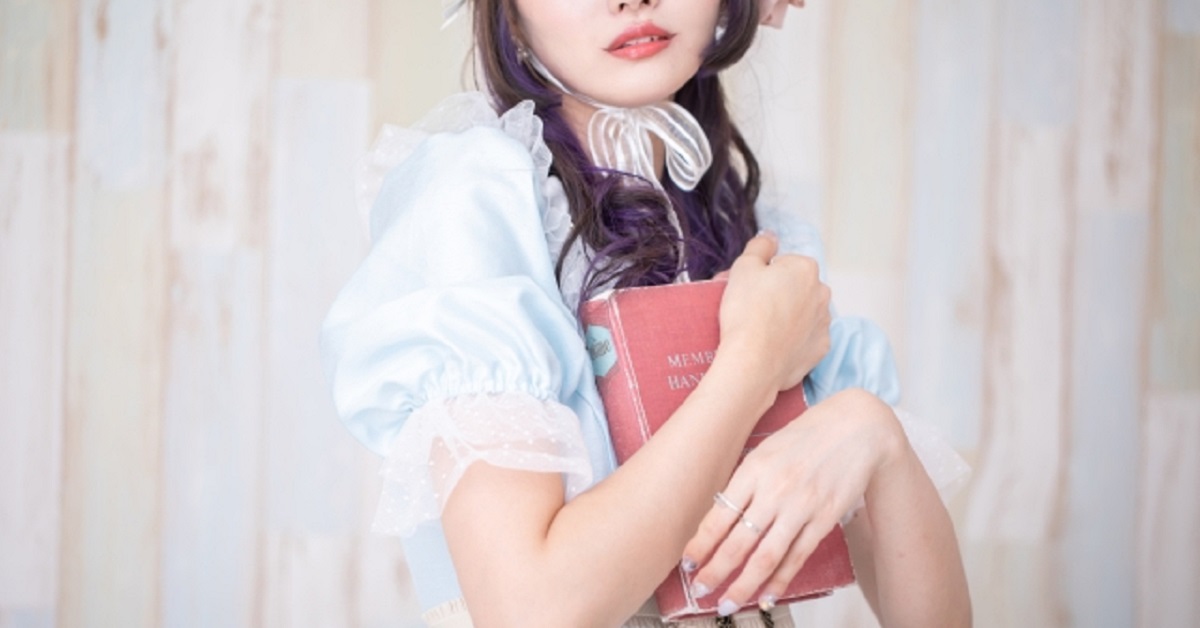Lolita fashion is a uniquely Japanese street culture that blends cuteness with individuality. Drawing inspiration from classical Western attire while incorporating Japanese aesthetics, it has established itself as a form of self-expression beyond the ordinary.
What is Lolita Fashion
Lolita fashion draws inspiration from 19th-century European Victorian and Rococo clothing and has evolved uniquely in Japan. Its signature elements include knee-length, voluminous skirts, blouses adorned with lace and frills, and accessories such as ribbons or headpieces.
Although it is often seen as “cute clothing,” Lolita is not simply about appearance. It is “a culture of pursuing one’s true self”. It is enjoyed by people of all ages and genders and is also viewed as a lifestyle that enriches the heart.
The History of Lolita Fashion
Lolita fashion traces back to the Harajuku culture of the 1970s and 1980s. Young people at the time were inspired by shōjo manga and dolls’ clothing and recreated these styles themselves. In the 1990s, specialized brands such as “BABY, THE STARS SHINE BRIGHT” and “Angelic Pretty” emerged, solidifying the culture.
From the 2000s onward, music, movies, and especially social media spread Lolita internationally, forming global communities. Today, it is recognized not only as a fashion but as a hobby and way of life.
Styles and Characteristics of Lolita Fashion
Lolita fashion has diverse styles, each with its own charm.
| Style | Features | Colors and Atmosphere |
|---|---|---|
| Classical Lolita | Elegant, mature design | Beige, brown tones |
| Sweet Lolita | Bright, playful, and cute | Pastel colors, pink |
| Gothic Lolita | Dramatic and solemn | Black, white, red |
| Punk Lolita | Bold and rebellious | Plaid, decorative items |
| Cool Lolita | Simple yet striking | Monotone, sharp style |
Diversity is the essence of Lolita fashion, allowing enthusiasts to select styles freely depending on mood or occasion.
Essential Items for Lolita Fashion
A full Lolita coordinate requires certain iconic pieces.
| Item | Role | Features |
|---|---|---|
| Jumperskirt | The centerpiece of the outfit | Knee-length with a bell silhouette |
| Blouse | Frames the upper body | Often decorated with lace and ribbons |
| Petticoat | Supports the skirt | Creates essential volume |
| Headdress | Adorns the face and head | Ribbons, bonnets, floral pieces |
| Bags & Accessories | Complete the look | Often shaped like books, toys, or animals |
Each piece has meaning and contributes to building a complete world view.
Lolita Fashion in Japan
In Japan, Lolita fashion is recognized as part of subculture. While not common as everyday wear, it is enjoyed at events or on weekends. Areas like Harajuku in Tokyo and Amerikamura in Osaka are considered hubs for enthusiasts.
Moreover, Lolita is a means of escaping everyday reality and expressing one’s inner world. For many, it serves as a form of therapy. “Wearing cute clothing is an act of self-affirmation”, and communities of enthusiasts provide deep connections through shared values.
How Lolita is Viewed Abroad
Internationally, Lolita is considered a symbol of Cool Japan. Events and fashion shows are held in Europe and the United States, while online communities exchange ideas globally.
| Region | Spread | Popular Styles |
|---|---|---|
| Europe | Interpreted through art and literature | Gothic, Classical |
| United States | Grows through conventions and festivals | Sweet, Punk |
| Asia | Strongly influenced by Japan | Hybrid with local trends |
A common idea among enthusiasts worldwide is that “it is not about others’ judgments, but about personal satisfaction”. For many, Lolita is not just clothing but a lifestyle choice.
Experiencing Lolita Fashion
For foreign visitors in Japan, Lolita experience services are especially popular. In Harajuku and Kyoto, tourists can rent full outfits and take photos, often walking around the streets in character.
| Service | Content | Features |
|---|---|---|
| Outfit Rental | Full coordinate available | Easy for beginners |
| Studio Photography | Professional shoots | Authentic results |
| Street Walk | Explore local areas in Lolita | Highly popular with tourists |
Even for a short time, participants often say they feel like “the main character of a story”, making it a memorable experience.
Lolita and Modern Society
Today, Lolita is understood as a culture that transcends social norms. Unlike uniforms or business suits, which are “clothes of obligation,” Lolita is seen as “clothes worn for oneself” and symbolizes freedom of expression.
Another important point is that Lolita is inclusive of all genders and ages. Male enthusiasts and members of the LGBTQ+ community actively participate, making it a highly open culture. This inclusivity is one of the main reasons why Lolita continues to expand worldwide.
Conclusion
Lolita fashion is far more than “cute clothes.” It is a Japanese-born street fashion that reflects cultural aesthetics and philosophy. Understanding its history and diversity reveals its depth, while experiencing its communities highlights its role as a form of self-expression and belonging.
In Japan, Lolita is a way to enjoy the extraordinary, while abroad it has become a symbol of individuality and freedom. For visitors, trying Lolita can be a doorway to understanding Japanese culture more deeply, offering a unique, unforgettable experience.






